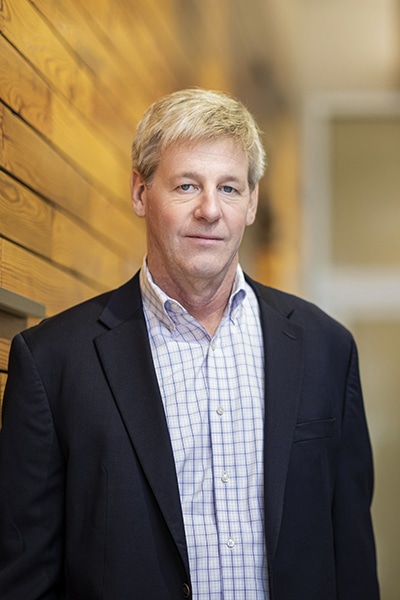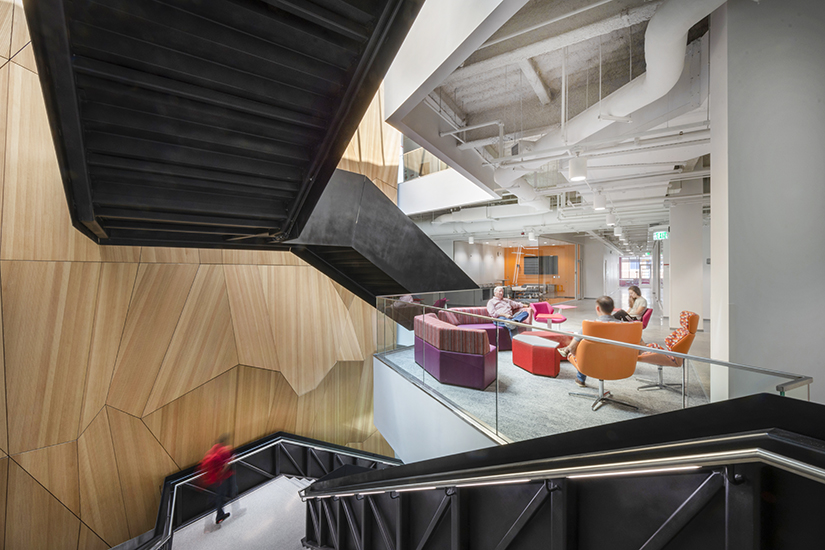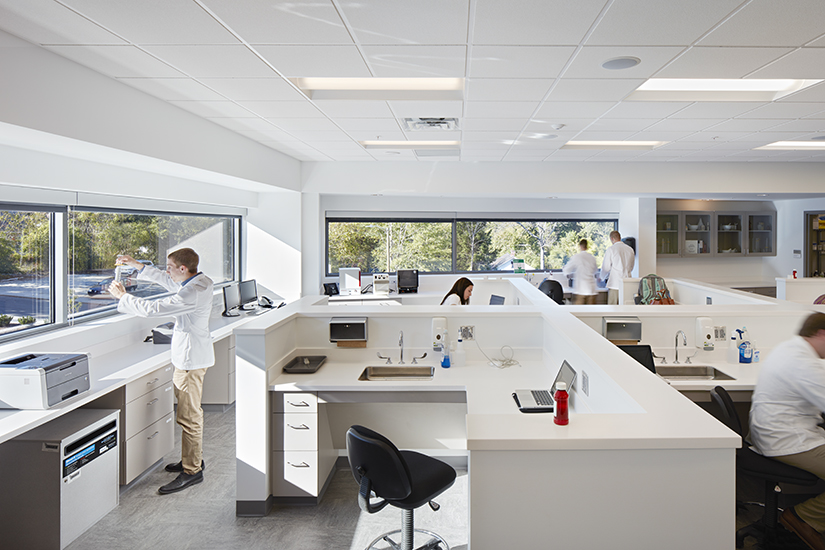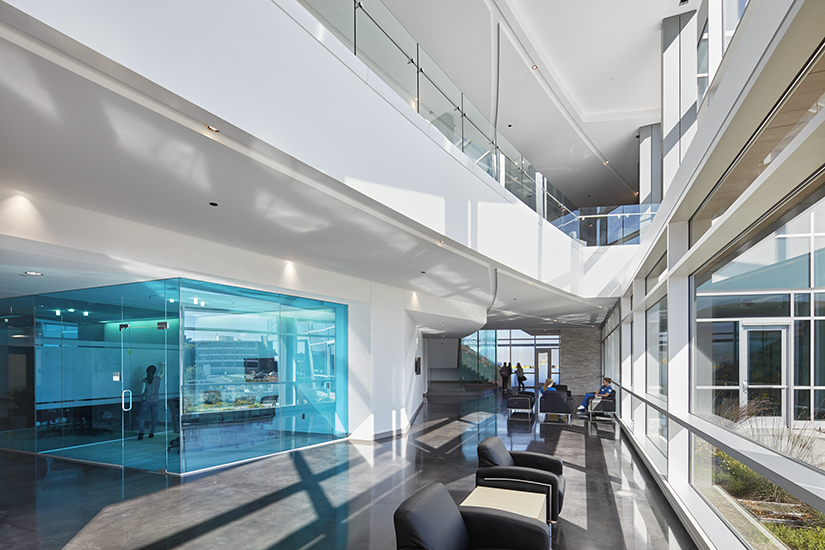|
Getting your Trinity Audio player ready...
|
For transdisciplinary architecture and engineering firm Clark Nexsen, improvement is king. Founded in 1920 by Pendleton Clark, the company has spent the last century designing projects and finding solutions for clients both in the United States and abroad. But to stay ahead of the curve, creativity and efficiency need to be at the forefront of their work—and that’s where Chief Innovation Officer (CINO) Bill Keen comes in.

Keen knew he wanted to be a structural engineer in college and started off majoring in aerospace engineering. While in undergrad at Virginia Tech, he got a co-op gig in a structural design department designing structures for nuclear facilities and quickly realized he preferred structures to planes. This lit a fire under him, leading to a switch to civil engineering with a focus on structures, and eventually landing at a small civil-structural firm.
The CINO role Keen currently occupies is relatively new for Clark Nexsen, which originated the role in 2017. There, he drives creativity and innovation at the firm, working with other design professionals to guide various practice areas around the country. “My job is the get the innovation out of everyone else,” Keen explains.
It’s that last part that proved most challenging for Keen in his early days as CINO. One of his major duties is to lead the firm’s Lean journey and keep every department focused on learning and improvement, from architects to automation controls to electrical engineers to IT and beyond. A big part of the firm’s Lean initiative is the cultural adoption of kaizen, which means “change for better.”
To that end, Keen oversaw the introduction of a knowledge and improvement management system to his teams known as CN Kaizen—a SharePoint-based platform where people can record improvements in their process and share it with the rest of the company.

The system emphasizes continuous improvement and learning over the top-down school of management many industries have employed throughout the last century. “You’re not asked about how things could be improved,” Keen says of the old way of doing things. “You’re not part of the solution; you’re not asked for your point of view.”
The results have already been incredibly encouraging, despite a slow rollout at the start. “People are actually talking about the work they’re doing to make things better,” Keen says. “That’s a sign that it’s becoming part of the culture.”
For Keen, adopting Lean—a suggestion from strategic planning consultant Mark Goodale of Morrissey Goodale—was a way for him to improve his own leadership skills. “I wouldn’t say that my style was that directive,” he explains, “but I was definitely more inclined to tell people what they needed to do, rather than ask them what they thought we should do.”
With the adoption of Lean and Kanban project management methods, the latter of which relies on visualizing the flow of work, Keen realized that his team members needed to be better work planners, so that they could eliminate roadblocks to getting work done. Kanban boards are managed to maximize workflow, so team members can quickly identify areas of waste and opportunities for improvement.

Keen also looks to Newforma Project Center for its PIM offerings, forging a strong relationship with the company as a partner. “We at Newforma are extremely proud of our partnership with Bill Keen and the team at Clark Nexsen,” says Rick Saladino, senior vice president of account management and customer success at Newforma. “Utilizing Newforma’s Project Information Management solution enables the team to focus on what’s important—delivering projects more successfully.”
Keen’s improvements at Clark Nexsen don’t just involve the people element; he’s been hard at work improving its technological capabilities as well. With greater tech features, the company could become more competitive. With that in mind, Keen brought on a new Director of Practice Technology, Aseem Deshpande, to help develop initiatives around data and design visualization and partner with the firm’s Director of IT Creighton Barnes.
Some of their newest, most innovative work involves using drones and virtual reality setups to give designers and architects a first-person view of any new project. “We don’t just have our own guys in there visualizing the design,” Keen says of the new VR setup. “We’re able to bring in the client so they can virtually walk through the space and get a feel for what it’s going to be like.”

But these innovations come with their own set of challenges. “A lot of what I do involves change, and some of that involves disruption,” Keen notes. This can ruffle feathers, especially when parts of the workforce tend to resist change; he’s hard at work to shift the culture to understand that change is just a part of life. “We try to minimize disruption where we can, focusing on making smaller, incremental improvements that originate from team members rather than coming from leadership,” Keen adds. And with CN Kaizen, he can already feel the teams adjusting to this new status quo.
For those hoping to follow in Keen’s footsteps as a CINO, he has the following advice: first and foremost, learn how to be a leader. Rather than being a person who just likes to tell people what to do, coach your team to be successful. It’s a skill he’s had to learn by himself since it’s something engineering schools don’t tend to emphasize in their programs. “I’ve made a lot of mistakes along the way,” Keen admits. But talking to other leaders about their experiences and learning is the best way to lead people and help them be better.
For Keen, those improvements at Clark Nexsen mean starting with where you are and making incremental adjustments. Over time, change becomes less painful, and your team becomes an autonomous engine of change.


